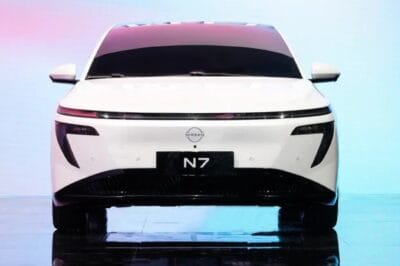Dedicated e-truck charging site coming up in California
WattEV is building a pilot electric truck stop in California’s San Joaquin Valley, positioned near logistics fulfilment centres run by Amazon and Walmart. The mega-watt charging site will feature a solar micro-grid with battery storage, plus grid energy from PG&E.
Initial output from the WattEV electric truck stop will include 4-megawatt capability, eventually growing to 25-MW feeding more than 40 charging bays. The site measures 110 acres or 445,154 square metres.
The ‘Megawatt E-Truck Stop’ is located at a busy highway intersection in Bakersfield. It will cater e-truck transport between the Central Valley and Southern California’s ports and shipping hubs.
Partners in the project include the San Joaquin Valley Air Pollution Control District, Greenlots, Power Electronics, the Central California Asthma Collaborative, heavy-duty truck makers, PG&E and others.
WattEV has emerged in the EV market with a plan to build fast-charging infrastructure and offer Trucks as a Service (TaaS), a proposition we’ve recently come across writing about Volta Trucks, albeit in Europe.
WattEV reserved 50 Tesla Semi to kickstart the business and declared an intention to place more orders with other OEMs. The company expects this new approach to logistics to accelerate the adoption of electric trucks in California and the rest of the country.
“We aim to enable the addition of 12,000 heavy-duty battery-electric trucks to the roads in California by the end of 2030, exceeding existing forecasts,” says WattEV CEO Salim Youssefzadeh. “If it works in California, it’ll work just about anywhere in the country.”
California requires manufacturers to sell a gradually increasing proportion of electric commercial vehicles from 2024 onwards until 2035 through the ‘Advanced Clean Trucks’ scheme as reported.
Projecting corresponding demand, WattEV further expects its TaaS business model to generate initial demand for charging, thus building both revenue streams at once.
WattEV was founded by a team of telecommunications and satellite engineers. CEO Youssefzadeh said they would use business and technology innovation to create infrastructure and data-driven workflow.
While little details are known about the actual technology, WattEV online points to partners ranging from equipment manufacturers, vehicle OEMs, integrators, consultants, community organisations and government agencies, making it likely that the company will primarily act service provider.





0 Comments